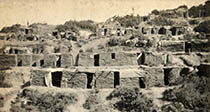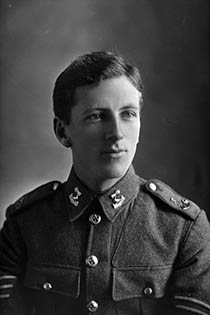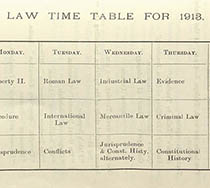
A view of Headquarters dugouts of the New Zealand and Australian Division, Gallipoli, 1915.Accession No. 1991.587, Kippenberger Military Archive, National Army Museum Te Mata Toa, Waiouru.
Chunuk Bair
By August 1915, months of fighting had worn the Allies down and they had begun looking at alternative strategies to help break the deadlock. It was the ANZAC commander, Lieutenant-General Birdwood, who was to create a plan for breaking through and seizing the heights at Sari Bair range. This task was to fall mainly to the ANZAC troops, along with the British 13th Division, 29th Indian Brigade and part of the 10th (Irish) Division.
The ANZACs and other allied troops advanced on Chunuk Bair on 8 August 1915. After initial success in gaining ground, the Turkish forces regrouped and the Allies were forced to withdraw. It was on the 10th of August, just 18 days after his 22nd birthday, that Darrow was killed. In his obituary, published in the August 1916 edition of The Kiwi, it was reported that he was killed instantaneously by a shrapnel pellet. He was the only member of the NZIB Headquarters killed during the Sari Bair offensive. However, he was not the only Collegian to die that month; another seven were killed in action or died from wounds: Henry Barnard, Athelstan Roy Burton, James Charles Dromgool, James Lidderdale Houston, Wilfred Kennedy, Alleyne Gordon Webber and Cecil Grayton Whitaker.
Darrow was remembered in a number of obituaries and his name was inscribed on the Chunuk Bair (New Zealand) Memorial in Turkey. The most touching memorial, however, may be the plaque for Darrow placed alongside his parents’ obelisk at the Tararu Cemetary, Thames, described in The Kiwi obituary as ‘a little stone of marble which will testify to all generations of the life he laid down for his friends’.
Leah Johnston, Special Collections






